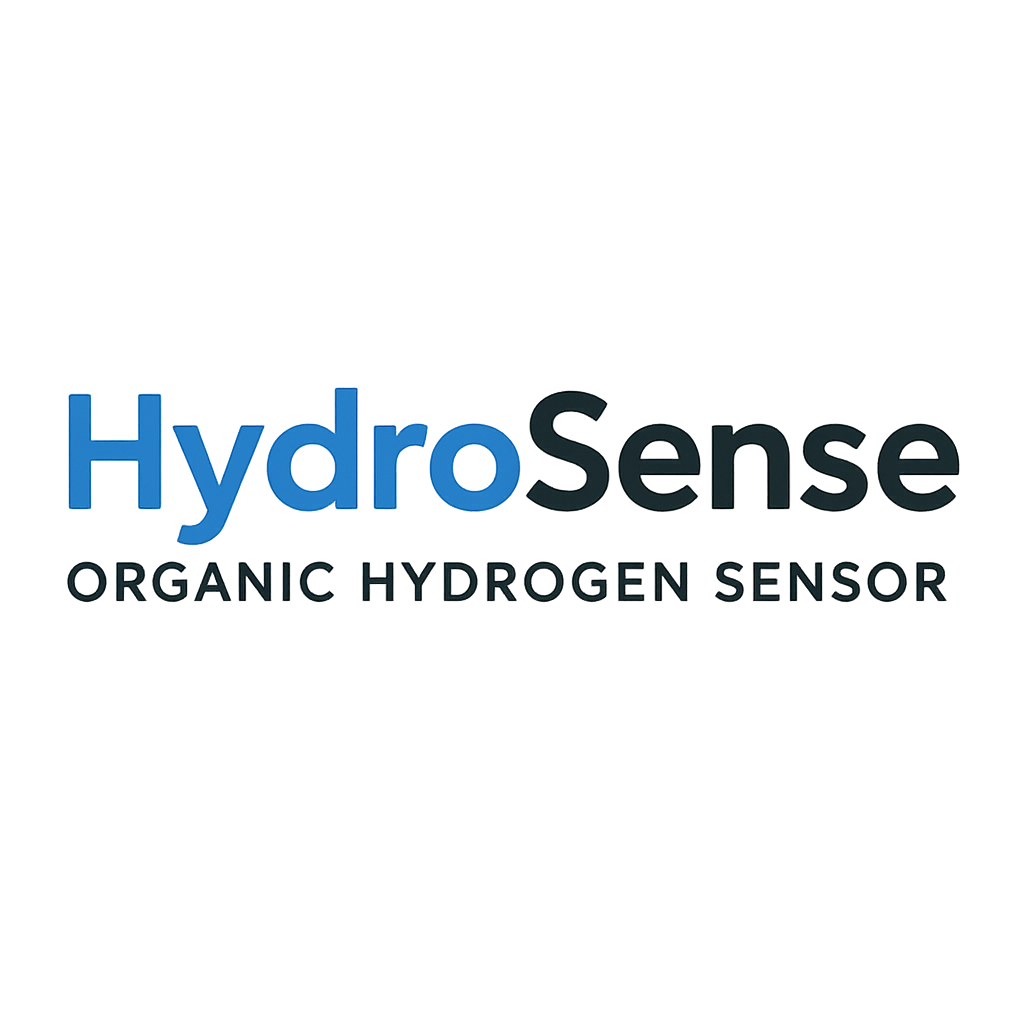
Hydrogen sensing — safer & faster
Real-time detection below 0.2 ppm, < 1 s response and ultra-low power
Enquire now
Real-time detection below 0.2 ppm, < 1 s response and ultra-low power
Enquire nowDetects hydrogen within milliseconds — ideal for critical safety applications.
Operates at ≤ 2 µW — perfect for battery-free wireless nodes.
Accurate from 192 ppb up to 100 % H₂, far surpassing conventional sensors.
> 646-day lifetime demonstrated without recalibration.
Virtually no cross-sensitivity — >10 000× stronger response to H₂ than to common VOCs and permanent gases.
Uses conventional roll-to-roll compatible manufacturing techniques
| Detection range | 192 ppb – 100 % H2 |
|---|---|
| Response time (T90) | < 1 s (millisecond onset) |
| Power consumption | ≤ 2 µW @ 0.5 V bias |
| Selectivity ratio | > 10 000 × H2/VOC |
| Lifetime | > 646 days drift-free |
HydroSense draws micro-watts, enabling energy-harvesting sensor networks where conventional heated sensors would drain batteries in weeks.
One sensor handles eight orders of magnitude in concentration — no need to mix separate ppm and %H₂ detectors.
No heater or spark risk, making HydroSense suitable for ATEX Zone 0 environments where catalytic or MOS sensors are prohibited.
Multi-year drift-free operation slashes recalibration visits and downtime, lowering total cost of ownership.
Instant leak detection protects equipment and staff.
Lightweight sensors keep UAVs within payload limits.
Continuous monitoring for domestic fuel-cell boilers.
Distributed sensor networks along hydrogen corridors.
A platinum electrode catalytically disaccociates H2 into atomic hydrogen; the H atoms scavenge the oxygen species that p-dope the organic semiconductor, instantly de-doping it and causing a sharp fall in conductivity, which can be monitored at sub-1 V bias. Once H2 is removed, ambient oxygen re-dopes the film, enabling thousands of repeat cycles without drift.
The reversible p-doping / de-doping cycle allows thousands of repeat tests without drift.
Whether you’re designing fuel-cell systems or retrofitting infrastructure, we can help ensure you deploy hydrogen safely.
Contact us